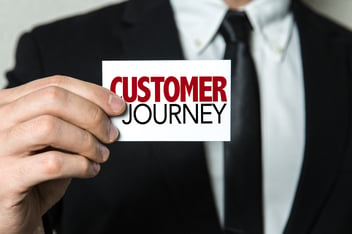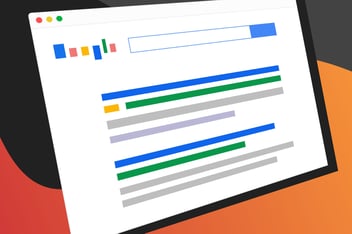Throughout the month, we’ve shared different facets of sales automation, from the basic definition to building a HubSpot lead nurturing campaign. But how do experts from different businesses approach sales automation? Which tools do they recommend? What are their tried and true tips on generating leads?
With this post, we’ll dive into sales automation advice provided by professionals throughout the world:
 Krista Neher, Boot Camp Digital
Krista Neher, Boot Camp Digital
My best tip is to create longer campaigns than you think. A lot of businesses send messages for a few weeks or months, but it takes people a long time to make a decision. Create campaigns with emails that last for six months or longer to stay in front of your prospects and build awareness. Even though the open rates are lower on emails that are sent later, many people take longer to convert.
Nick Malekos, Learnworld
As an edtech company, we work a lot with education, so we take our educational sequences as the best part of sales automation. We educate our customers on our product to get them from the top of the funnel towards the bottom, and to do that en masse, we use three channels:
- Remarketing
- Email Onboarding
- Academy with Courses
Talking with a lot of people, most SaaS and Startups focus on email onboarding and forget that remarketing is not just for leads, but also nurturing leads and educating your customers is essential to keep them engaged and make them expert users of your product, which leads to them converting into customers and staying.
Adam Hempenstall, Better Proposals
My best tip for sales automation is that some things should not be automated at all. For example, sales calls should be left to sales reps, but that doesn’t mean that everything up until the call should not be automated. There are lots of great dialers on the market that let you load up a list of leads so that the dialer calls one lead after another, which minimizes the dead space between calls. Moreover, these dialers have a “voice drop” feature that lets sales reps leave a message immediately after hearing the answering machine. The basic idea is to eliminate all distractions and let sales reps do what they know best—selling. This should be the main point of sales automation.
Nikola Baldikov, Brosix
I approach sales automation from the point of view of creating as much time and space as possible for the sales reps on my team to focus on their highest value-adding activities. That means helping them do away with repetitive and tedious, albeit important, tasks. Instead, I want them to focus on the types of things that can’t be automated, i.e. building human relationships and making connections with clients.
One piece of advice that I’d give to teams looking at sales automation is to approach it holistically, as opposed to piecemeal. The easiest way to confuse your team is to introduce random changes little by little over an extended period of time. Instead, you should create a clear vision of what your ideal state looks like, and work together with your team to create a plan. Any steps in your plan should also have a clear goal, for example—we’ll automate part of our marketing campaign in order to create more time for the team to conduct follow-up calls. This way you’ll easily see the tradeoffs between approaches.
Vanhishikha Bhargava, Salesflare
LinkedIn plays a key role in B2B sales. But it’s an incredible drag having to sift through hundreds of profiles based on your defined target audience, shortlisting prospects, visiting their profiles, sending them connection requests with custom messages and following up with them, all manually.
It can take days or even weeks to close a lead this way. Quite often you actually even risk losing the opportunity to engage a prospect. Or you miss an important follow-up.
So once you know who you’re looking for and have tracked them down either manually or using Sales Navigator, you need to bring in the dux to properly automate sales outreach on LinkedIn.
Dux-Soup is a smart Chrome extension that you can use to automatically visit all the prospect profiles on a search result page and send automated connection requests with a message that mentions things like their name and company.
If they accept your invite, you can follow up with them afterwards via LinkedIn to move the sales process forward.
You’ll basically end up establishing a lot more new connections and getting introductions and leads without lifting so much as a finger—but make sure your profile clearly states who you are and what you do.
What’s more, you’ll also get those prospects’ names, industries, roles and company domains, along with any other information they have on their LinkedIn profiles, all neatly exported in a .CSV file. You can then use this data to further automate sales outreach by email, phone and even other social media channels.
Learn What ProFromGo Can Do For You
There are so many ways to reach out to leads and help them work through the buyers’ journey. Contact ProFromGo to learn more about sales automation and how it can help you!





